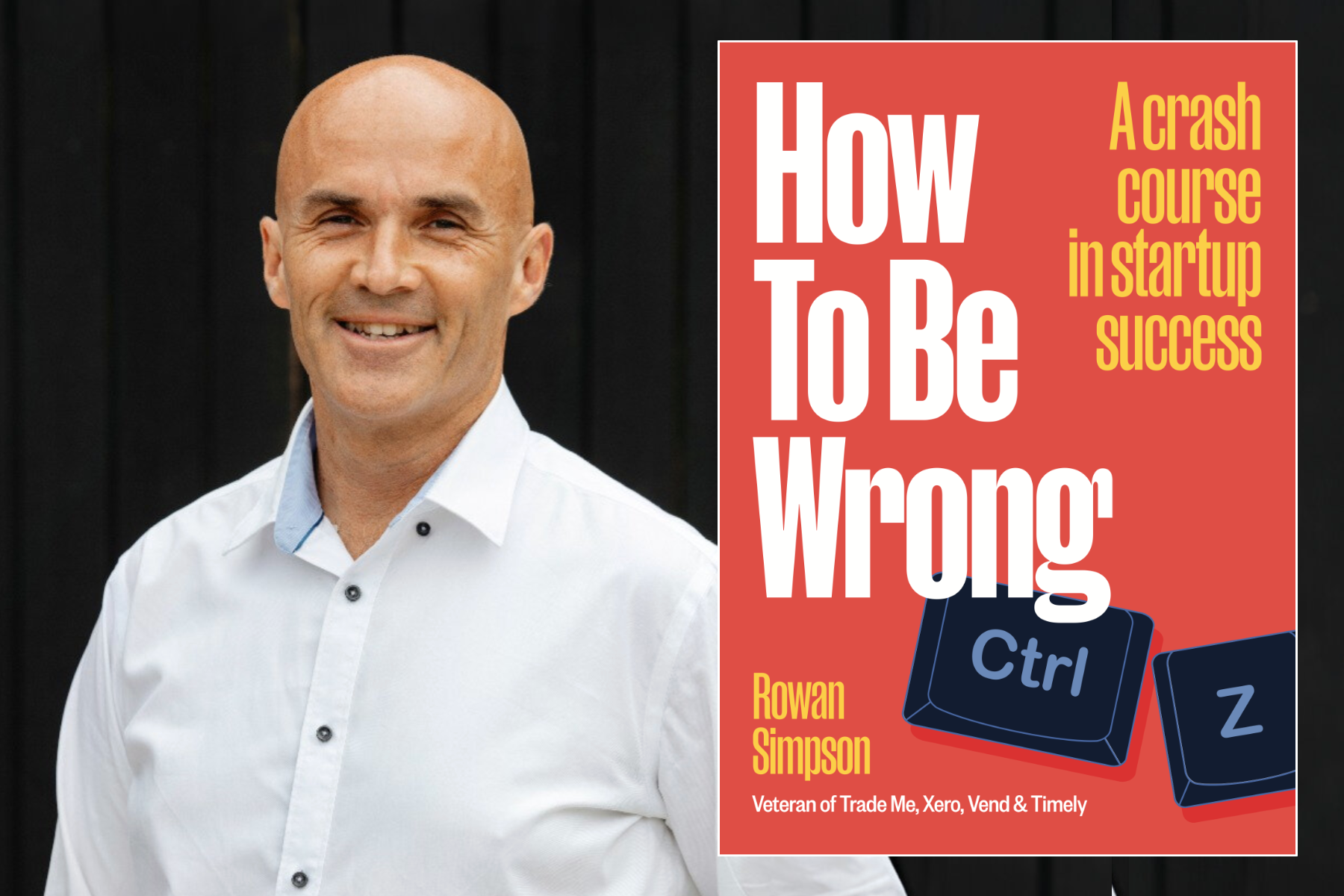Here is some unusual advice I now give to anybody working on a startup, or thinking about it: swim.
In New Zealand, most of us think we can swim, because we had some lessons as a kid and spend time at the beach over summer. But I’m not talking about a cheeky couple of lengths of a pool or a dip off the side of a wharf. Try to swim a kilometre or two in open water.
Swimming for any length of time requires technique. You can have all the strength and fitness in the world, but without good technique most of your exertion is going to be completely wasted. The best swimmers are the ones who get the most forward motion out of each stroke. Even then, a world-class swimmer is only about 9% mechanically efficient (that is, nine out of 100 calories expended produce forward motion). For somebody like you or me it’s probably less than 3%. Small improvements in technique can produce dramatic improvements in performance.1
You also need to stay calm. The combination of getting physically tired and holding your breath underwater can cause swimmers to panic and lose form. This is accentuated when swimming in close quarters with others (what triathletes call “the washing machine”). To swim a long distance you need to relax and take the time to breathe properly. Unlike swimming in a pool there is no black line to follow. It helps to stick your head up on a regular basis and have some fixed landmarks to aim at. And you’ll likely end up with a mouthful of salt water from time to time, which will make you want to throw up the first time it happens. Taking a moment to regain your composure in those situations is to be expected.
Last but not least, it helps if you can swim with the tide rather than against it. If you can catch a wave as you get towards the finish it helps propel you along while you turn your mind to getting the blood back into your legs, so that you don’t face-plant when you try to stand up.
A similar mix of considerations are in play in a startup. The swimming analogy highlights the important compromises we need to make when balancing schedule, budget and quality.
We might have a superstar team and a big bank balance, but we still need to work out how to spend our time and money on things that make customers happy and grow our sales, otherwise we’ll just be flailing. Too often the reason we end up over budget and behind schedule is because we spent that time and money building the wrong things.
In the beginning, everything we do will be horribly inefficient, so we need to quickly determine what pushes us forward and what is wasted effort. We need to identify our constraints. Are they obstacles we can remove or do we need to live with them? We need to focus our energy where it makes a difference.
And, a positive industry or technology shift to push us along, such as the move towards mobile or software-as-a-service, can accelerate our venture just as much, if not more, than any of the things we do ourselves.
The pressure of working on a startup can be all-encompassing. We’re often pulled in many directions at once, and need to do everything ourselves. In those situations it’s even more important that we stay calm and keep focused on the things that we have decided will help us, rather than getting distracted by the noise all around us. Take time to think about what we are doing and not doing, and what we could do differently. And when we get that time, be brutally honest about what’s working and what’s not. Be careful not to just blindly follow somebody else, and keep an eye out for the breaking wave. Winning is not about making the biggest splash.
Everybody I know who has built something worthwhile has focused on quality and efficiency, and on sustaining themselves through the longer-than-we-think that it always takes to make something remarkable.
We just need to keep our arms turning over and keep breathing.2
-
The mechanical efficiency of front crawl swimming, H M Toussaint, W Knops, G De Groot, A P Hollander, 1990. ↩︎
-
In through the mouth. Out through the nose. Or vice versa if you prefer the Mr Miyagi version from Karate Kid. ↩︎
Related Essays
Product Management
Try to complete as many loops as possible, getting a little bit better each time.
M3: The Metrics Maturity Model
Use these simple steps to improve how we measure and report our progress.
Scar Tissue
Working on a startup is much more like racing a BMX bike than riding a roller coaster.
Startup Theatre
To encourage more people to work on startups, we often try to make them fun. How does that hurt?
